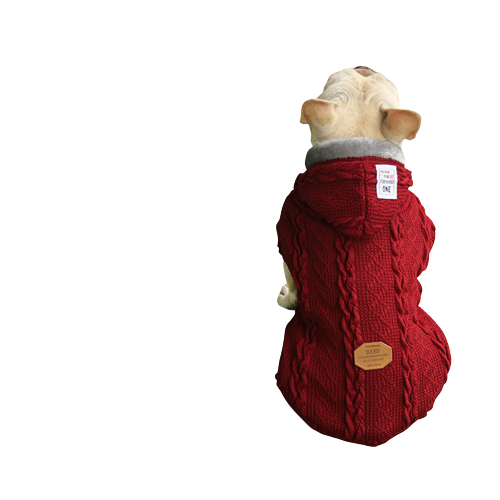
7 ways you can dress your pet.
Share
When making decisions about your pet's clothing, their happiness should always be the top priority. Nobody wants to do anything that could make their pet unhappy - but many owners may not be aware that wearing clothing or the process of having clothing put on them can be stressful for some pets. Signs that your pet is feeling anxious and scared can be very subtle or covered by the clothing and so may be easy to miss
Some items of pet clothing have clear benefits, for example, keeping your dog warm in cold weather or aiding visibility at night.However, it's really important to stop and think about how dressing up our pets makes them feel and if they're enjoying the experience as much as we are. Some pets may not mind being dressed up - but others may find the process worrying and scary. Sadly, owners may not always be aware of the signs that their pet isn't happy .
7 ways to ethically dress your pet
-
Make sure your pet can still behave normally, for example, can they still go to the toilet, see, hear, eat, drink, run around and breathe properly?
-
Introduce your pet to the clothing gradually and for short periods. Initially, you can give them treats at each stage so that it becomes something your pet feels good about.
-
Take care to ensure your pet won't overheat. This is particularly important during the summer months and for dogs who may have health problems, are overweight, or have flat faces as they can have issues which are exacerbated by heat.
-
Become familiar with the signs your pet uses when they're happy so you can check that the clothing isn't making your pet uncomfortable, worried or anxious. We have lots of guidance to help us to better understand how our dogs, cats and rabbits are feeling.
-
Make sure your pet can still use their body to tell us, and other animals, how they're feeling. Ears and tails are especially important, as are faces.
-
Check your pet can't hurt themselves, for example, avoid anything that they could become trapped in (cats, in particular, can suffer terrible injuries if their collars become caught. We always recommend using quick-release collars!).
-
Always supervise your pet while they're in their clothing.
